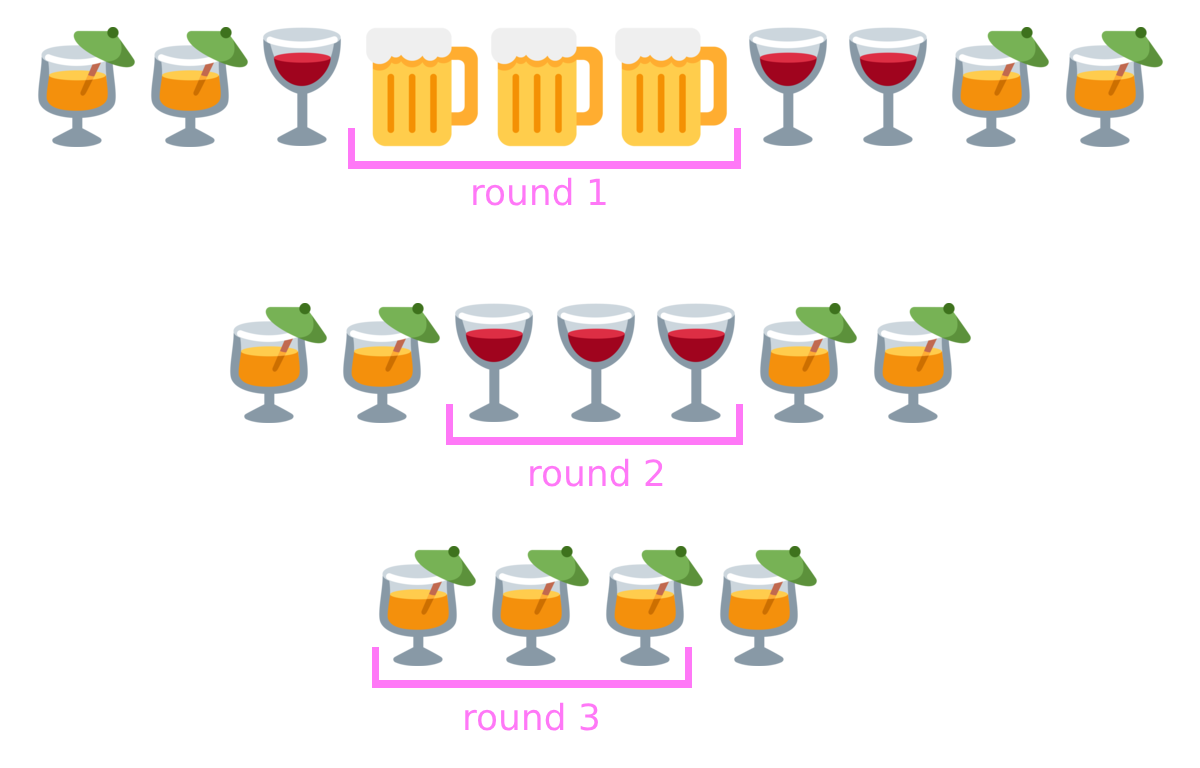A market store offers to their clients three different types of discount cards: bronze, silver and gold.
engineering
Description
Assignment #1:
Assignment
A market store offers to their clients three different types of discount cards: bronze, silver and gold. Each card stores information about its owner, the turnover for the previous month and the initial discount rate. With each card you can calculate the discount of the current purchase. In general this is done using the formula: value_of_purchase * discount_rate.
The bronze card comes with no discount rate if the turnover for the previous month is below $100. If it is between $100 and $300, the discount rate is 1%. And if it is above $300, the rate is 2.5%.
The silver card comes with an initial discount rate of 2%. In case, the turnover is over $300, the rate is 3.5%.
The gold card comes with an initial discount rate of 2%. The discount rate grows 1% for each $100 from the turnover, capping at 10%.
Your task is:
- to write an object-oriented model of this market store system;
- to create a class called PayDesk containing static method(s) that output the discount rate, the discount and the total purchase value;
- in your application entry point:
- create instances with sample data as shown in Example outputs section;
- invoke method(s) of the PayDesk class to print the required information.
Example outputs
Bronze:
a. Mock data: turnover $0, purchase value $150;
b. Output:Purchase value: $150.00
Discount rate: 0.0%
Discount: $0.00
Total: $150.00
Silver:
a. Mock data: turnover $600, purchase value $850;
b. Output:Purchase value: $850.00
Discount rate: 3.5%
Discount: $29.75
Total: $820.25
- Gold:
a. Mock data: turnover $1500, purchase value $1300;
b. Output: Purchase value: $1300.00
Discount rate: 10.0%
Discount: $130.00
Total: $1170.00
Technologies
You must provide the solution as a console application written in Java.
Criteria
Modelling the store following the object-oriented principles
Create PayDesk class and its parts
Application Entry Point
Code Quality
Deliverables
1. Application source code
2. Explanation: a document that describes how the application is supposed to be started and how it works.
Assignment 2:
Problem
Three brothers walk into a bar. All the beverages are placed in one line at the long bar table. The size of each glass is represented in an array of integers, glasses.
The brothers will drink a round if they can find 3 consecutive glasses of the same size. The barman removes the empty glasses from the table immediately after each round.
Find the maximum number of rounds the three brothers can drink.
Example
For glasses = [1, 1, 2, 3, 3, 3, 2, 2, 1, 1], the output should be brothersInTheBar(glasses) = 3.
The brothers can start with a round of size 3, then after the glasses are cleared, a round of size 2 can be formed, followed by a round of size 1. One glass will be left at the table.

For glasses = [1, 1, 2, 1, 2, 2, 1, 1], the output should be brothersInTheBar(glasses) = 0.
There are no 3 consecutive glasses of the same size.
Input/Output
[input] array.integer glasses
The sizes of glasses in the row.
Guaranteed constraints:
1 ≤ glasses.length ≤ 105,
1 ≤ glasses[i] ≤ 106.[output] integer
- The maximum number of rounds the brothers can drink.
Criteria
The example case passes
Happy path covered
Corner cases covered
Error handling
Optimization
Code formatting
Naming conventions
Deliverables
1. Application source code
2. Explanation: a text file that describes the algorithm logic.






